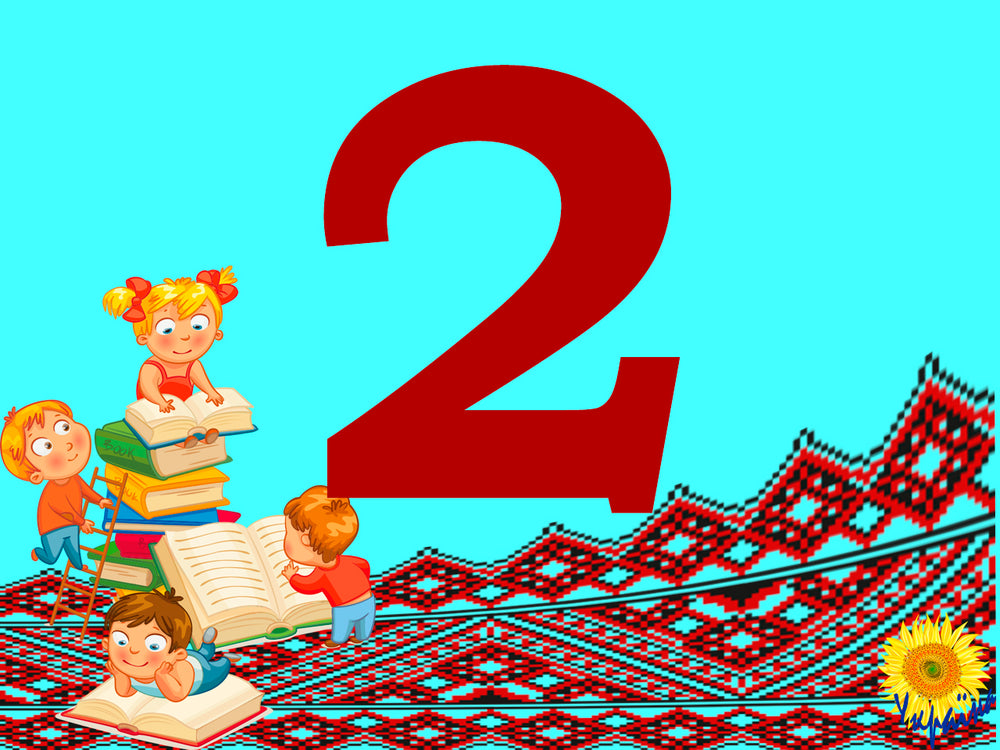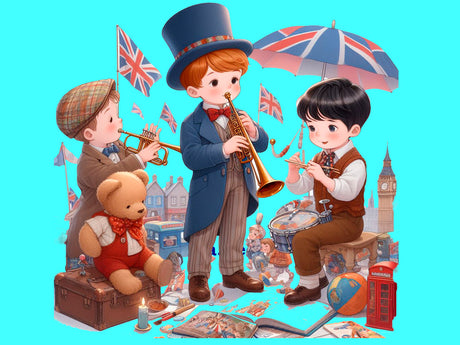Ukrainian language Grade 2. Words - names. Part 1. Collection 1
 Intermediate
Intermediate
 Course
Course
 34 hrs
34 hrs
Ukrainian language Grade 2. Words - names. Part 1. Collection 1 - Ukrainian is backordered and will ship as soon as it is back in stock.
What is Unibot?
What is Unibot?
Unibot is a platform for educational systems that combines an administration panel and a chatbot. It allows you to easily upload data, customize chatbots without programming, and manage courses. It supports multilingual bots, content management, and optimized resource utilization for efficiency. The platform makes educators' work easier by automating repetitive tasks. Different pricing plans are available, from basic to premium, which differ in the number of supported bots, languages, messages, and other features.
More information
This interactive course will help second graders better understand and master the basics of the Ukrainian language. With vibrant illustrations, engaging tests, and interactive tasks, students will easily and interestingly learn the correct spelling and pronunciation of Ukrainian words. The course is designed so that children can independently practice their language skills while developing reading and writing abilities.
The course aims to enrich younger students' vocabulary, expand their knowledge of lexical and grammatical categories of words, and explore the roles of nouns, adjectives, verbs, and numerals (without introducing technical terms) in speech and their use in personal expressions. Students will learn that each word represents a name of an object, attribute, or action and answers the questions who? what? which? what? what does it do? They will also learn to distinguish parts of speech by their questions, construct phrases and sentences with them, use function words, and correctly form parts of speech.
Module 1: Exploring Nouns
- Lesson 1: Asking Questions About Object Names
- Lesson 2: Recognizing Nouns
- Lesson 3: Selecting Nouns
- Lesson 4: Writing Names, Patronymics, and Surnames with Capital Letters
- Lesson 5: Learning About the Origins of Names and Surnames
- Lesson 6: Writing Animal Names with Capital Letters
- Lesson 7: Writing Names of Cities and Villages with Capital Letters
- Lesson 8: Writing Names of Mountains, Rivers, Lakes, and Seas with Capital Letters
- Lesson 9: Recognizing Nouns that Refer to One or Many Objects
- Lesson 10: Distinguishing Between Nouns that Refer to One or Many Objects
Module 2: Exploring Adjectives
- Lesson 11: Recognizing Words as Attribute Names
- Lesson 12: Selecting Adjectives
- Lesson 13: Forming Adjectives
- Lesson 14: Combining Adjectives with Nouns
- Lesson 15: Changing Adjectives by Number
- Lesson 16: Recognizing Adjectives with Similar Meanings
- Lesson 17: Selecting Adjectives with Opposite Meanings
- Lesson 18: Recognizing Literal and Figurative Meanings of Adjectives
Module 3: Exploring Verbs
- Lesson 19: Recognizing Words as Action Names
- Lesson 20: Selecting Verbs
- Lesson 21: Using Verbs in Speech
- Lesson 22: Changing Verbs by Number
- Lesson 23: Recognizing Verbs with Similar Meanings
- Lesson 24: Recognizing Verbs with Opposite Meanings
- Lesson 25: Observing Polysemous Verbs
- Lesson 26: Distinguishing Literal and Figurative Meanings of Verbs
Module 4: Exploring Numerals
- Lesson 27: Recognizing Words as Number Names
- Lesson 28: Selecting Numerals
- Lesson 29: Forming Numerals
- Lesson 30: Combining Numerals with Nouns
Module 5: Exploring Function Words
- Lesson 31: Recognizing Function Words
- Lesson 32: Writing Function Words Separately from Others
- Lesson 33: Using Function Words
- Lesson 34: Distinguishing Parts of Speech by Their Questions
-
Genre
-
Target audience
-
Language version
-
Subject area
-
Recommended age group
-
Course time
-
Book author
-
Author Collection




















